Colour Options
Lumeta’s Kömmerling profiles come in many different colours including: White – Ivory – Oak – Coal – Grey
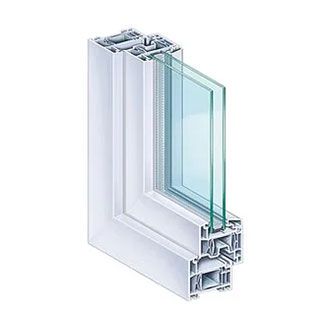
White
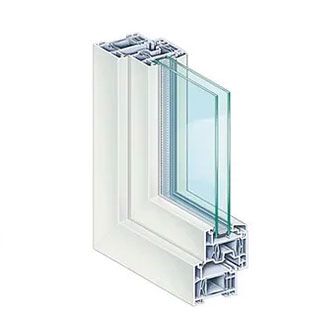
Cream
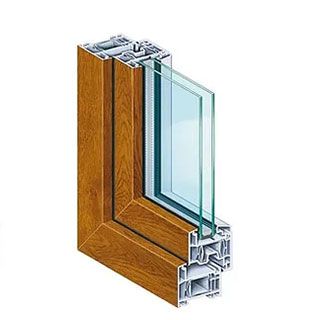
Oak
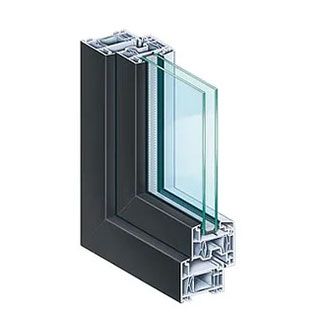
Anthracite Grey
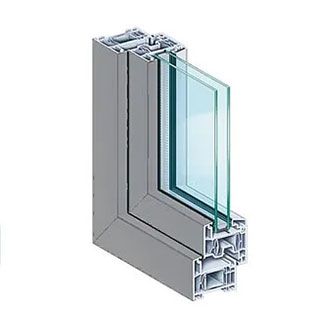
Grey
Glass Options
Choice of glass can make a substantial difference in a home by reducing temperature swing and variation and thereby reducing the costs of heating and cooling, improving optimal year-round comfort.
Below are descriptions of commonly used glass options.
Annealed glass is an economical flat glass product that is the first result of the float process. The float glass process produces a very flat and optically clear pane of glass and is available in clear, toned, high performance toned, ultra clear low iron glass and Low E pyrolitic coated.
The appearance of glass can be modified with surface coatings such as reflective, tinting, scratch resistance etc. Coated glass can be toughened, laminated and incorporated into an insulating glass unit.
Toughened glass is far more resistant to breakage than annealed glass. It is treated with thermal tempering where the glass is heated above 600°C; its surfaces are then rapidly cooled while the inner portion remains hotter. This results in compressive stresses in the surface and tensile stresses in the body of the glass giving it increased resistance to breakage.
Laminated glass is made of layers of glass with inner layers of polymeric material bonded between the glass layers. There are three types: Poly Vinyl Butyral (PVB) laminated glass, Ethyl Vinyl Acetate (EVA) and Polyurethane (PU) glass. For special applications, Cast in Place (CIP) laminated glass is made by pouring a resin into the space between two sheets of glass that are held parallel and very close to each other. Laminated glass is safe and secure as it doesn’t shatter on impact, instead it is held together by the inner layer.
Low Emissive glass has a thin metallic or oxide coating on its interior surface, which allows the light through but prevents long-wave heat through the glass, providing thermal insulation. Low Emissive glass minimises loss of heating during the winter and absorption of heat during the summer by reflecting heat back. It can also block up to 84% of the sun’s UV rays to reduce fading of upholstery, carpets and curtains.
Patterned glass is flat glass with a surface displaying a regular pattern. The most common method for producing patterned glass is to pass heated glass (usually just after it exits the furnace) between rollers whose surfaces contain the negative relief of the desired pattern. Patterned glass is mostly used in internal architecture for functional reasons, where light but not transparency is desired, and the patterns are accordingly subtle. However it can also be used as a design feature in itself with more prominent custom patterns.
Looking for high performance uPVC windows and doors?
For enquiries and project advice please call 03 9587 1482 or go to our contact page